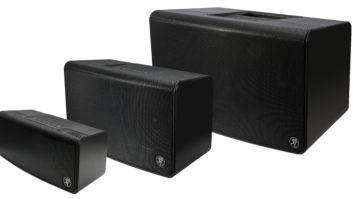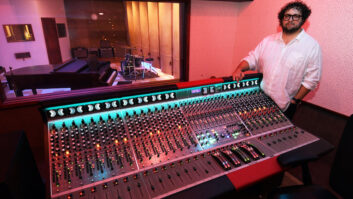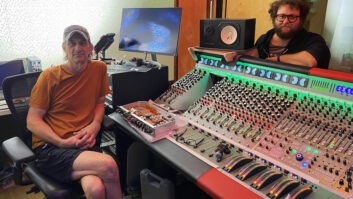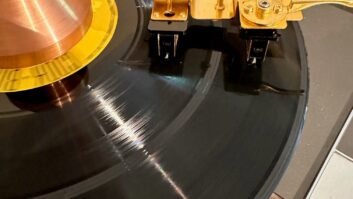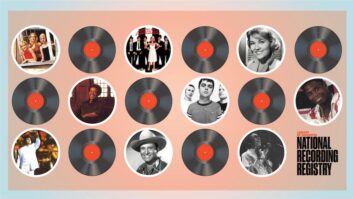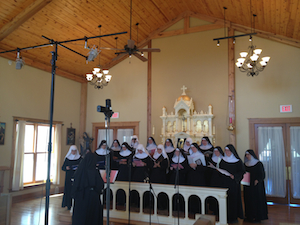
One of the surprise hits of the last holiday season was a recording by a group of cloistered monastic nuns singing religious songs and Gregorian chants dating back to the Middle Ages, in Latin and English, a cappella, in the chapel of their priory in the hills of rural northwest Missouri. Advent at Ephesus, by the Benedictines of Mary, Queen of Apostles, topped Billboard’s Classical Music chart for a month, made it into the Top 10 of the Contemporary Christian and Gospel charts, and was a big seller for both Barnes & Noble and Amazon. “Rumor has it we actually outsold Taylor Swift during the Christmas season,” says Glenn Rosenstein, who produced the 16-song CD for the sacred music label De Montfort Music, distributed by Decca/Universal. With sales at over 100,000 in just a few months, it’s an impressive accomplishment. It was also quite a challenge to record.
The Nashville-based Rosenstein, whose distinguished recording career includes work with the likes of Madonna, U2, Ziggy Marley, Michelle Shocked, Talking Heads and dozens more, was attracted to the project because “it was something new and different, outside anything I’ve done in the course of my career.” To aid him on the project, he brought in fellow Nashvillian David Schober, whom he describes as “a world-class engineer with a lot of experience in both the classical and faith-based recording worlds.”
In terms of the recording, Rosenstein says, “We had no advance work whatsoever. We loaded up my SUV with a bunch of equipment, drove for 11 hours [from Nashville], got there, assessed the situation, and we had effectively one evening to set everything up. Shockingly, every contingency we planned for fell into place, and we were very fortunate that nothing went wrong—anything from gear to voltage problems to noise issues to ‘did we bring the wrong thing?’ We were in the middle of nowhere, so if we didn’t have what we needed, we were in trouble.”
This order of Benedictine nuns sings and chants eight times a day in the modern chapel on their isolated priory grounds. They speak at a minimum, and when they are not engaged in singing/prayer, they sew and embroider priests’ vestments and prayer cloths, and work in the orchard and small farm on their property. The musical selections and arrangements for the CD—their first professional recording after a pair of more low-fi discs—were made by prioress Mother Cecilia Snell, a former symphony French horn player before she joined the religious community. Mother Cecilia also served as the intermediary between the nuns and others involved in the project.
“We didn’t have unfettered access to the Sisters 24/7,” Rosenstein says. “In fact we had to leave when they were doing their normal prayers. Logistically, it was an interesting set of hurdles and obstacles, but with a combination of their cooperation, Dave’s great work, and our sheer luck, we were able to get something really good.”

Glenn Rosenstein with one of the Emotiva Pro Stealth 8 speakers in his studio.
Rosenstein and Schober were situated at a table across the chapel from the singers, who sang in groups of up to 27 members, under Mother Cecilia’s direction. “We had a Mac Pro running a Pro Tools 10 HDX rig,” Rosenstein notes. “For monitoring we used Mackie HR824s, which was Dave’s choice, and we had Accusound cables, which I am extremely fond of. As far as mic pre’s, we used the Avid 8-channel mic pre, along with a [2-channel] PreSonus ADL 600.”
Mics were elevated on stands in spaced intervals in front of the singers and also included a classical-style-shaped “Decca Tree” setup a little further back. Rosenstein says, “We used a combination of Sony C-800Gs I own, a pair of my [Neumann] KM 84s, some Neumann M 149s and a bunch of the Miktek C5s, which we used mainly as spot mics for enhancing certain parts and giving us more mix options.
“The room itself was fairly reflective, with hardwood floors; not stone, which is what we were emotionally and logistically preparing for, I think. It’s a modern building. I was wondering in advance, [about] how we were going to control the sound in such a reflective space, but the room ended up being an asset, not a liability. It had a really nice sound to it. Also, we used these Auralex [PlatFeet II] isolators under the mic stands, including the Tree, and they made the room sound infinitely more usable because we weren’t picking up vibrations through the stands.”
Rosenstein says that from the time he was approached about the project by De Montfort Music’s Monica Fitzgibbons—whom he knew from her previous association with DreamWorks—to completion was just 11 days. It was recorded October 3-6, “with some songs done in one or two takes, a few requiring more, and we did some editing, very much in the classical style,” he says. The tracks were prepped and edited at Rosenstein’s Skylight Studio, and then mixed in the Pro Tools 10 HDX system at Schober’s studio. “We used a touch of Altiverb 7 on it,” but most of what we hear on the finished product is just the heavenly voices in the glorious-sounding chapel.

